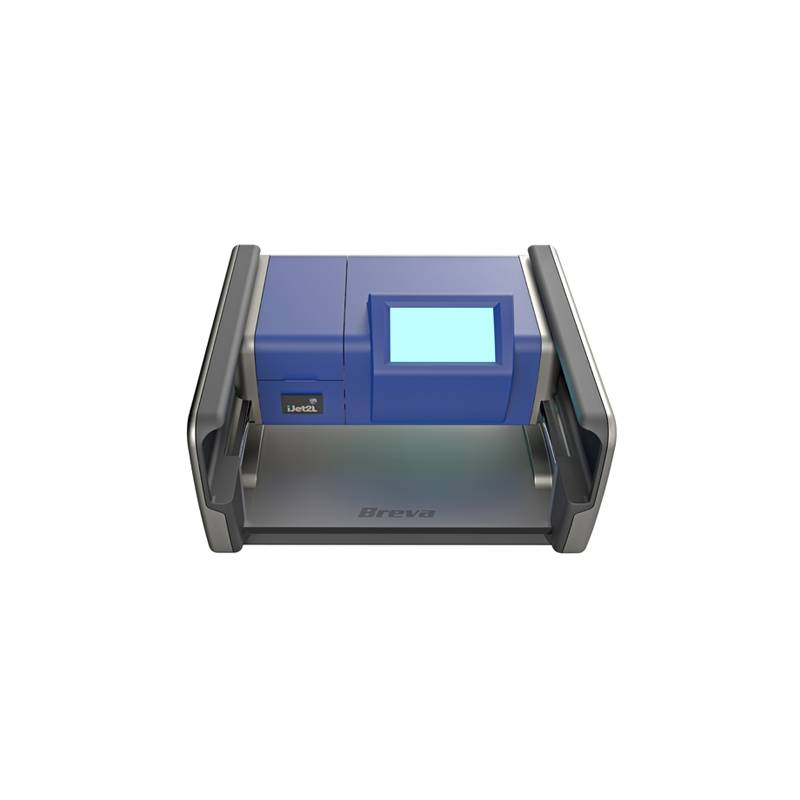Introduction
UV printing has emerged as a game-changer in the printing industry, revolutionizing the way we print and design various materials. With its advanced techniques and capabilities, UV printing offers unparalleled quality, durability, and versatility. This blog post explores the impact of UV printing on the printing industry and how it has transformed the way we create printed materials.
The Basics of UV Printing
UV printing, also known as ultraviolet printing, is a digital printing technique that uses ultraviolet light to cure or dry the ink instantly. Unlike traditional printing methods, UV printing does not rely on evaporation or absorption of the ink into the paper. Instead, the ink is exposed to UV light, which triggers a chemical reaction, resulting in a quick and durable print.
The Advantages of UV Printing
UV printing offers numerous advantages over conventional printing methods:
1. Enhanced Print Quality
UV printing produces vibrant and sharp prints with high color accuracy. The UV ink does not get absorbed into the paper, allowing for better color saturation and sharper details.
2. Quick Drying Time
With UV printing, the ink dries instantly upon exposure to UV light. This eliminates the need for drying time, allowing for faster production and turnaround times.
3. Versatility
UV printing can be done on a wide range of materials, including paper, plastic, glass, metal, and even wood. This versatility opens up new possibilities for printing on unconventional surfaces.
4. Environmentally Friendly
UV printing is an eco-friendly option as it does not release harmful volatile organic compounds (VOCs) into the environment. The UV ink is also free from solvents, making it a safer choice for both the printer and the end-user.
Applications of UV Printing
UV printing has found applications in various industries:
1. Packaging
UV printing is widely used in the packaging industry to create eye-catching designs and labels. The high-quality prints and quick drying time make it ideal for printing on different packaging materials.
Summary
UV printing has brought about a significant transformation in the printing industry. Its advanced techniques and capabilities have revolutionized the way we print and design various materials. UV printing utilizes ultraviolet light to cure inks instantly, resulting in vibrant, high-quality prints with exceptional durability. This technology has opened up new possibilities for printing on a wide range of substrates, including plastics, glass, metal, wood, and more.
One of the key advantages of UV printing is its ability to produce prints with sharp details and vibrant colors. The instant curing process ensures that the inks do not spread or bleed, resulting in precise and crisp images. This makes UV printing ideal for applications that require intricate designs, such as labels, packaging, and promotional materials.
Furthermore, UV printing offers excellent durability and resistance to fading, scratching, and chemicals. The cured inks create a protective layer on the printed surface, making it suitable for outdoor signage, vehicle wraps, and other applications that are exposed to harsh conditions. UV prints also have a long lifespan, ensuring that the printed materials maintain their quality and appearance over time.
Another significant advantage of UV printing is its versatility. It allows for printing on a wide range of substrates, including unconventional materials like acrylic, leather, and ceramics. This opens up endless possibilities for creative and unique applications, enabling businesses to stand out in a competitive market. UV printing also supports special effects such as embossing, spot varnish, and textured finishes, adding a touch of sophistication to printed materials.
In conclusion, UV printing has revolutionized the printing industry with its advanced techniques and capabilities. It offers exceptional print quality, durability, and versatility, making it a preferred choice for various applications. visit site As technology continues to evolve, UV printing is expected to further push the boundaries of what is possible in the world of printing and design.
- Q: What is UV printing?
- A: UV printing is a technique that uses ultraviolet light to instantly dry or cure ink, resulting in vibrant and durable prints.
- Q: How does UV printing revolutionize the printing industry?
- A: UV printing revolutionizes the printing industry by offering faster production speeds, improved print quality, and the ability to print on a wide range of materials.
- Q: What are the advantages of UV printing?
- A: The advantages of UV printing include high color vibrancy, scratch resistance, water resistance, and the ability to print on unconventional surfaces like glass, metal, and plastic.
- Q: Can UV printing be used for outdoor applications?
- A: Yes, UV printing is highly suitable for outdoor applications as it is resistant to fading caused by sunlight and can withstand harsh weather conditions.
- Q: Is UV printing environmentally friendly?
- A: UV printing is considered more environmentally friendly compared to traditional printing methods as it produces less volatile organic compounds (VOCs) and does not require additional drying time.
- Q: What types of products can be printed using UV printing?
- A: UV printing can be used to print a wide range of products including signage, banners, labels, packaging materials, promotional items, and even smartphone cases.
- Q: Does UV printing require any special preparation of materials?
- A: UV printing does not require any special preparation of materials as the ink adheres well to various surfaces without the need for primers or coatings.
- Q: Can UV printing be used for small-scale printing projects?
- A: Yes, UV printing is suitable for both small-scale and large-scale printing projects, offering high-quality results regardless of the print volume.
- Q: Are there any limitations to UV printing?
- A: UV printing may have limitations when it comes to printing fine details or gradients, as the ink tends to sit on the surface rather than being absorbed by the material.
- Q: Is UV printing cost-effective?

Welcome to my website! My name is Mason Ringrose, and I am a passionate and dedicated professional Print Management Software Developer. With a strong background in advanced printing technologies, 3D printing innovations, and sustainable printing, I am excited to share my knowledge and expertise with you.

